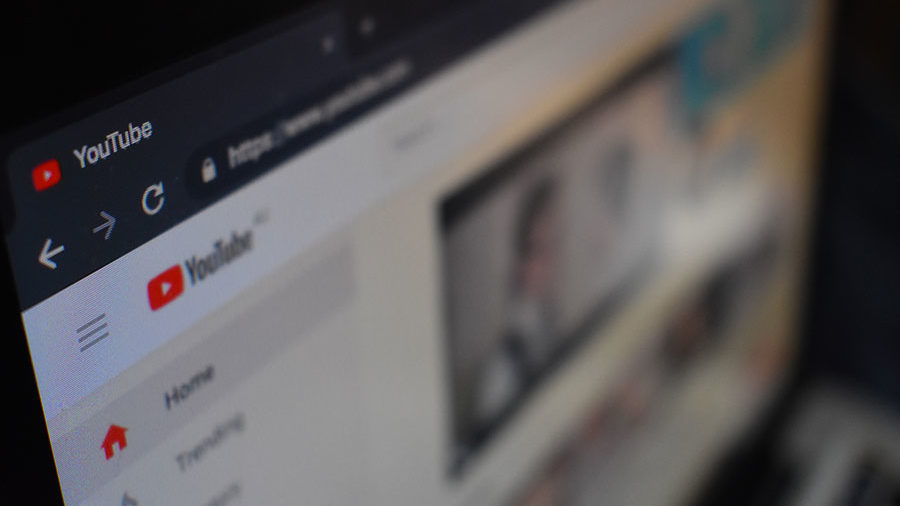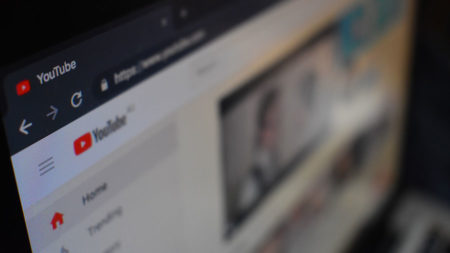Making money from YouTube videos is possible—and it can be a full-time job, too. Find out how personal finance YouTuber Ryan Scribner did it.
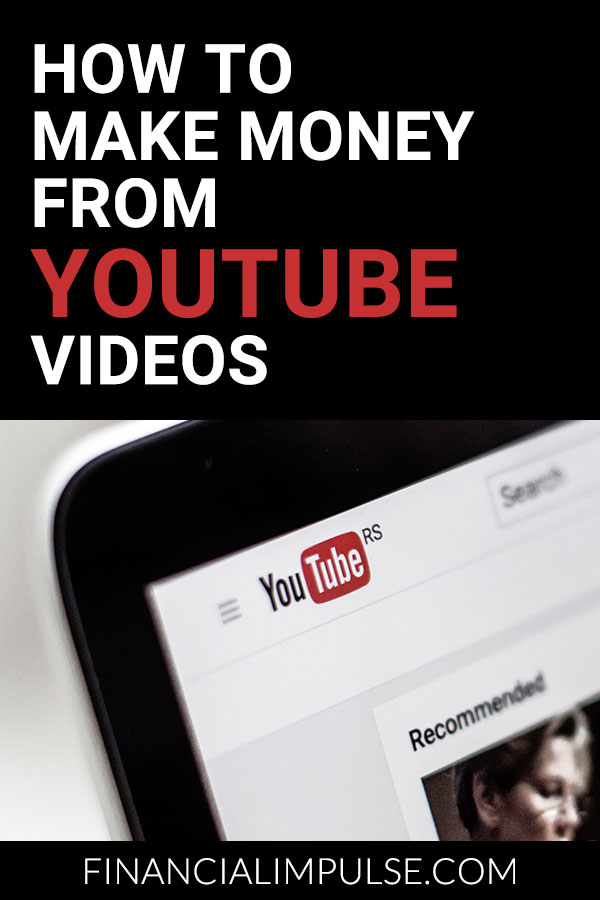
Financial Impulse’s “Freelance to Full-Time” interview series explores a variety of freelance work and side hustles pursued for extra income, including the gigs that eventually become full-time.
In the age of viral videos, Snapchat, and TikTok, getting your 15 minutes of fame seems easier than ever. But to actually sustain a following and monetize your presence on video? It seems impossible, especially given how competitive the space is.
After all, virtually anyone can record a video and upload it online. So how do you actually make money from YouTube videos?
To learn more, I interviewed full-time YouTuber Ryan Scribner, who creates video content centered around personal finance and making money.
Born and raised in upstate New York, Ryan originally started his channel as a side hustle. However, as it grew over time, he transitioned into making it his full-time job. Besides creating YouTube videos, Ryan also recently launched an investing blog, Investing Simple, as another stream of income.
When did you first launch your YouTube channel?
I launched my YouTube channel back in October of 2016. At the time, I was doing a lot of my own investing and, like most people, I was doing some research on YouTube. After watching a few videos about the stock market on YouTube, I realized there was a huge demand for this educational content and there wasn’t much out there.

Since I had been investing and studying personal finance/investing for the past few years, I decided I would share some of that information with the world. A few of my first videos were topics like “how to get a credit card at 18” or “how to buy your first stock,” all things I had already done myself.
I initially began recording vlog style videos in my car. Believe it or not, the first videos on my channel were filmed in my car behind a Walmart. After a few weeks of making videos like this, I decided to get a whiteboard to step up my production. I created a recording studio in the spare bedroom at my mom’s house and started churning out content.
How did your YouTube following grow over time?
It took me seven weeks to get my first 100 subscribers, which came from me primarily asking friends and family members to subscribe. Then I grew from 100 to 10,000 from December 2016 to June 2017.
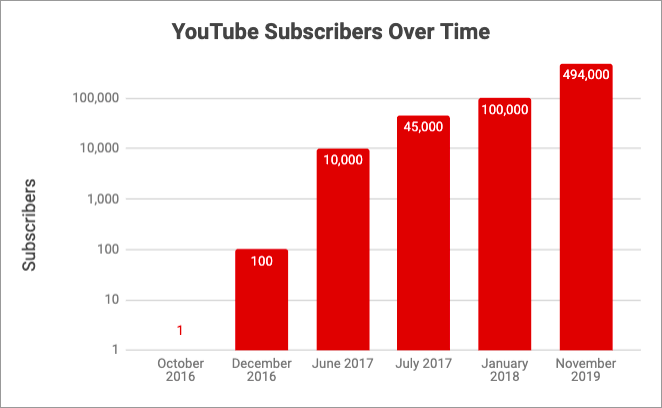
I had my first viral video in July of 2017, which took me from 10,000 to 45,000 subscribers in a week. The video was called “how to become a millionaire with $5 a day” and it showcased the amazing power of compound interest.
By January of 2018, I had reached 100,000 subscribers. My channel grew a lot faster than usual because I was one of the first movers in this niche on YouTube. I know some people who say it took them eight years to get 100,000!
Now, growth is steady but has tapered off; I average 6,000 to 15,000 new subscribers a month. If I do end up hitting 1,000,000 subscribers, it’ll probably take me two to three years from this point.
What made you decide to also launch a blog?
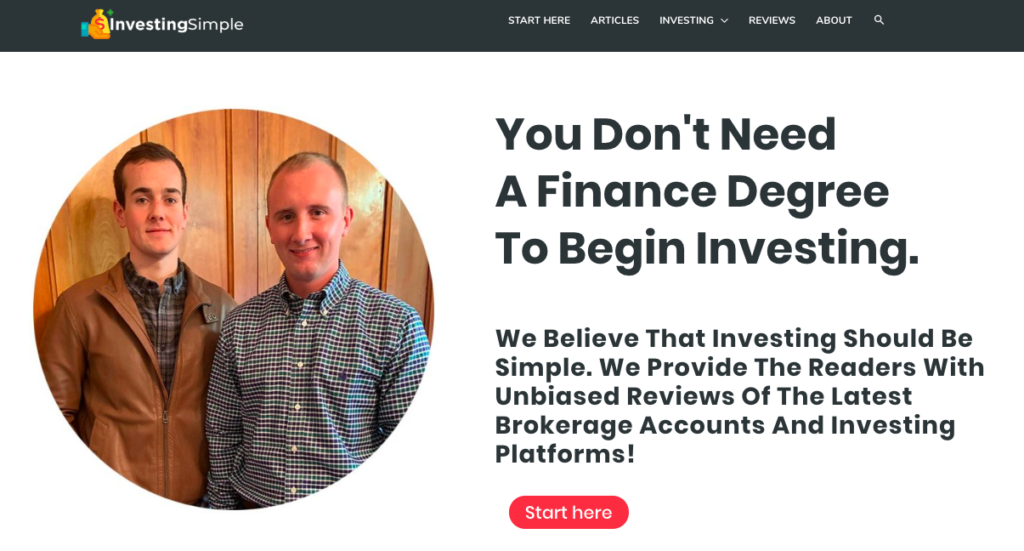
My reason for starting Investing Simple with my business partner Ed Canty is because we found most finance blogs were, ironically, written for people who already understood finance.
The complicated lingo would go right over your head as a beginner—so the motto for our blog is “you don’t need a finance degree to begin investing.” We believe it should be simple, hence the name!
How did you first get into video-making? Do you have a formal background or training in video making and editing?
I’ve always been interested in YouTube as a platform. I actually had a few different channels when I was younger; however, none of them were very successful.
When I started this channel, I had some prior experience and understanding of how to build a channel from scratch. When it came to topics like video editing, thumbnail design, and lighting, I actually learned a lot in high school. I took a class on graphic design and video production, which taught me a lot of useful skills.
If I didn’t know how to do something, I would simply search for it on YouTube and find a tutorial. It’s a very funny concept, but you can actually learn all the skills required to be a YouTuber on YouTube from videos by other people.
My educational background is actually in electrical construction and maintenance—so nothing to do with finance or videography. You really don’t need any formal education to be successful on YouTube!
Your videos and website are both about personal finance. What made you choose to create content about this topic?
This was an easy decision for me. I was always interested in money and personal finance growing up.
I can remember when I was 11 years old, my grandmother took me to NYC. She told me to pick out a souvenir, and I told her I wanted a copy of the Wall Street Journal. She ended up buying it for me, and I spent the entire train ride home combing through the stock quotations. I then asked if I could have stocks for Christmas, and she declined that offer. She told me I had the rest of my life to buy stocks.
Beyond this childhood experience, my dad is a financial advisor. He always talked about the importance of living below your means, budgeting and planning for emergency expenses. These factors sparked my interest in this niche, but the real reason for starting this channel (aside from seeing the demand for this content) was seeing the financial mistakes my friends and coworkers were making.
I always thought things like budgeting and living below your means were common sense, but I learned that wasn’t the case. At my old job, I was working with people earning $100,000 and yet were somehow living paycheck to paycheck. It was at that point I realized these principles weren’t common sense, and people really did need help.
How do your website and YouTube videos make money?
As far as the channel goes, I make money primarily from two different avenues. The first is ads that play before, during, and after the videos. You end up splitting that money with Google, but it’s still a great source of revenue for the channel. Believe it or not, for most months, it’s $10,000 or more.
The other avenue is something called affiliate marketing. This is where companies will pay you for leads or referrals. For example, if I do a review of a bank on my channel and someone clicks my link and opens an account, I earn a commission! This is the exact same way that we monetize the blog, too.
Between the blog and the channel, the affiliate income is over $10,000 a month as well. It’s really amazing how much you can make as a content creator. You can also make money by running ads on your blog or having sponsors on your YouTube videos, but I personally feel this juice is not worth the squeeze.
When did you go full-time with your YouTube channel?
I have been full-time since June of 2017. I started the channel in October of 2016, and I honestly had quick success. In that eight-month period, I was able to accumulate 10,000 subscribers, and I was earning about $1,000 a month. I had a lot of money saved up from my job, so I was able to take that leap of faith and support myself while I scaled up the channel. It was a scary decision, and at times I often wondered if it was a mistake, but it ended up paying off in a big way.
A lot of people want to quit their jobs to start something, but I think this is actually a bad strategy. Instead, I think you should start something as a side hustle and then scale it up to a full-time gig like I did. By doing this, you have proof of concept before going all in.
What’s been the most rewarding part of creating YouTube videos?
The most rewarding part of creating content online is hearing about the impact I’m making. It’s easy to get caught up in the numbers and forget there are real people reading or watching. For example, I would consider 750,000 views a bad month on YouTube, but that’s still a lot of people.
It’s the messages and comments I get from people that make it truly rewarding and fulfilling. One of my earliest subscribers from back in 2017 sent me a message on Instagram and told me that because of my videos, he had now maxed out his Roth IRA contributions two years in a row. If he keeps that up, he’ll have a million-dollar retirement. Something as simple as a blog article or a YouTube video really does have the potential to change lives.
How about the most challenging part of creating video content?
The most challenging part of this work is the constant changing. What works today in terms of blogging or YouTube won’t necessarily work next year, or even next month!
Google is constantly updating and changing its algorithm. When you work at a job, you will most likely learn the skill and then repeat it over and over. But doing something like this is totally different, because the rules change all the time.
It’s funny, because this challenge is actually one of my favorite parts of this business. In a weird way, I love the uncertainty of it all. It keeps me on my toes and outside of my comfort zone.
What advice would you give to anyone interested in starting their own YouTube channel?
My number one piece of advice about starting a YouTube channel is just to start.
So many people get hung up on perfection or planning, but you’ll honestly learn so much more by doing it. It’s similar to learning how to ride a bike. You can read every article and watch every video about riding bikes, but the best way to learn is to actually get on the bike and try it.
Your initial videos on YouTube won’t be perfect, but you’ll learn and improve as you go. You can also start your channel with the most basic equipment. Almost everyone has a smartphone these days, and a lot of them have really decent cameras now. I know countless people who have created videos that got over 1,000,000 views using a smartphone.
You can check out Ryan’s work on his YouTube channel and website, Investing Simple.

